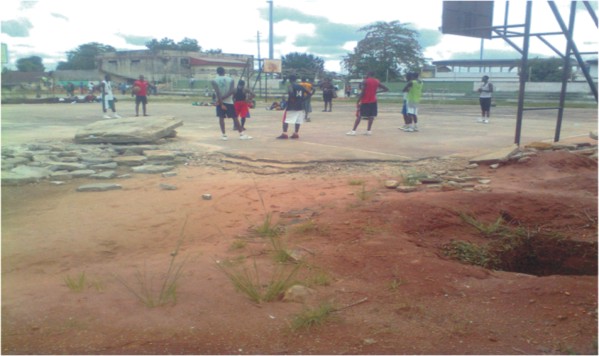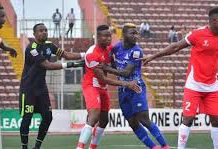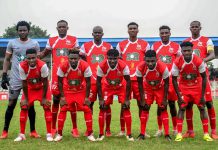Coiled from Linus Mbas’s lecture,
A FIFA Technical Advisers – Refereeing
Consultant Refereeing – NFF
Former member CAF Refereeing Committee
I have selected the most common offences by players in matches for decisions.
These are, TRIPPING OR ATTEMPTING TO TRIP AN OPPONENT; PUSHING AN OPPONENT ; CHARGING AN OPPONENT/CHALLENGING FROM BEHIND AND HOLIDING AN OPPONENT.
We are going to look at these offences to determine whether they are committed in a careless manner; or by using excessive force.
As stated earlier , a careless offence attracts direct free kick ; a reckless offence, a direct free kick and caution(yellow card) and using excessive force attracts a direct free kick and an expulsion (red card).
When any of these offences are committed in the penalty area, the sanction is of course penalty.
TRIPPING AN OPPONENT
A trip is simply defined as “to cause or attempt to cause an opponent to fall.” As we accept this definition , it means that a trip can be induced by foot ; by hand ; or by the body.
An example: An attacking player tries to drible the ball past a defender who has moved into his path , the referee has to determine the manner of the tripping whether the offence is committed carelessly, Recklessly or by using excessive force to sanction appropriately.
Mostly skillful players are always objects of Tripping offences in attempts to stop them from scoring or advancing attacks.
PUSHING
A push is delivered conventionally by hand , but it is some-times possible with the thigh or the body. Law twelve is broken even if there is the slightest push.
An offence is committed when an attacking player tries to move past an opponent in order to gain possession of the ball but is denied the opportunity by possibly a defender through pushing.
It is important to note that it is immaterial whether the offence is committed by the hand , or the body.
Pushing can be committed when a player decides to jump from behind to head the ball. Some –times it is the player in front who sets up to push.
The responsibility of the referee is to determine who has started the action and then sanction accordingly.
To be continued next week…………………….










